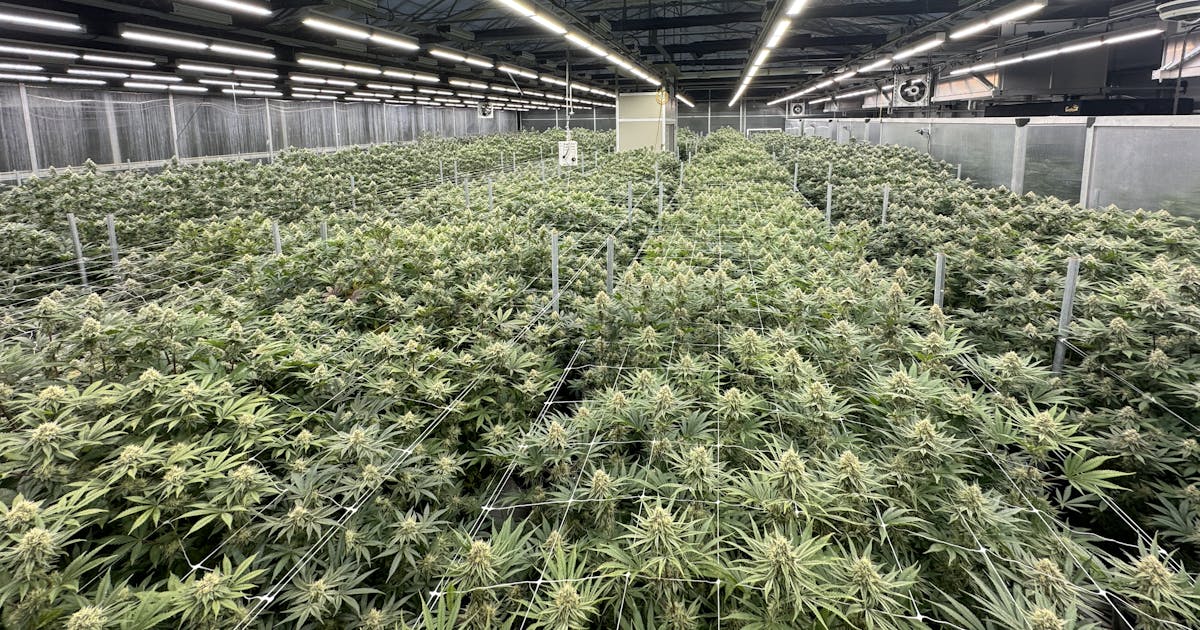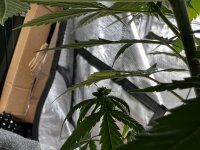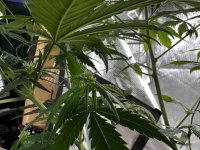NIKT
Active member
if changing doses doesn't help ... Additional Ga3 spraying may be ?? . About 50 mg / l _ one week after silver application. Once upon a time a "bonifacy" citizen now appearing as citizen # _ in a different space-time (F #) tried it. It didn't help, but ... you can try.
Male Ga3-induced flowers have a different structure, they are smaller than normal ones, but have real tails, not sitting on the bush like silver ones.
This is potentially a technique for bringing female plants closer to a phenotype that looks more like the real male ones.
I've always been curious about how Ag doses and fertility are related and if they are.
Male Ga3-induced flowers have a different structure, they are smaller than normal ones, but have real tails, not sitting on the bush like silver ones.
This is potentially a technique for bringing female plants closer to a phenotype that looks more like the real male ones.
I've always been curious about how Ag doses and fertility are related and if they are.










